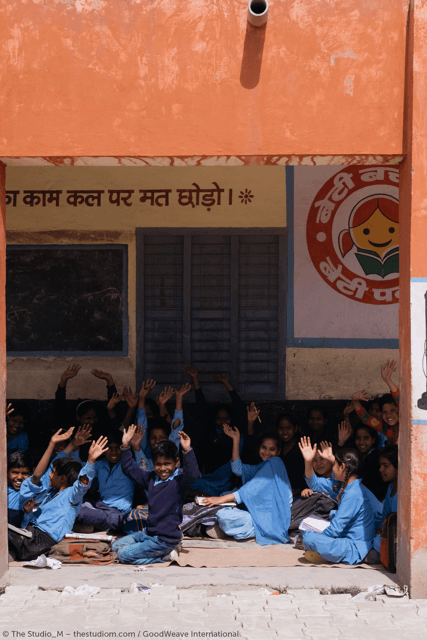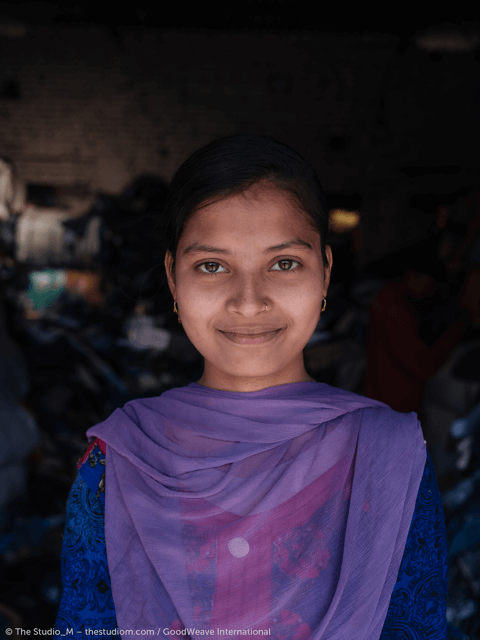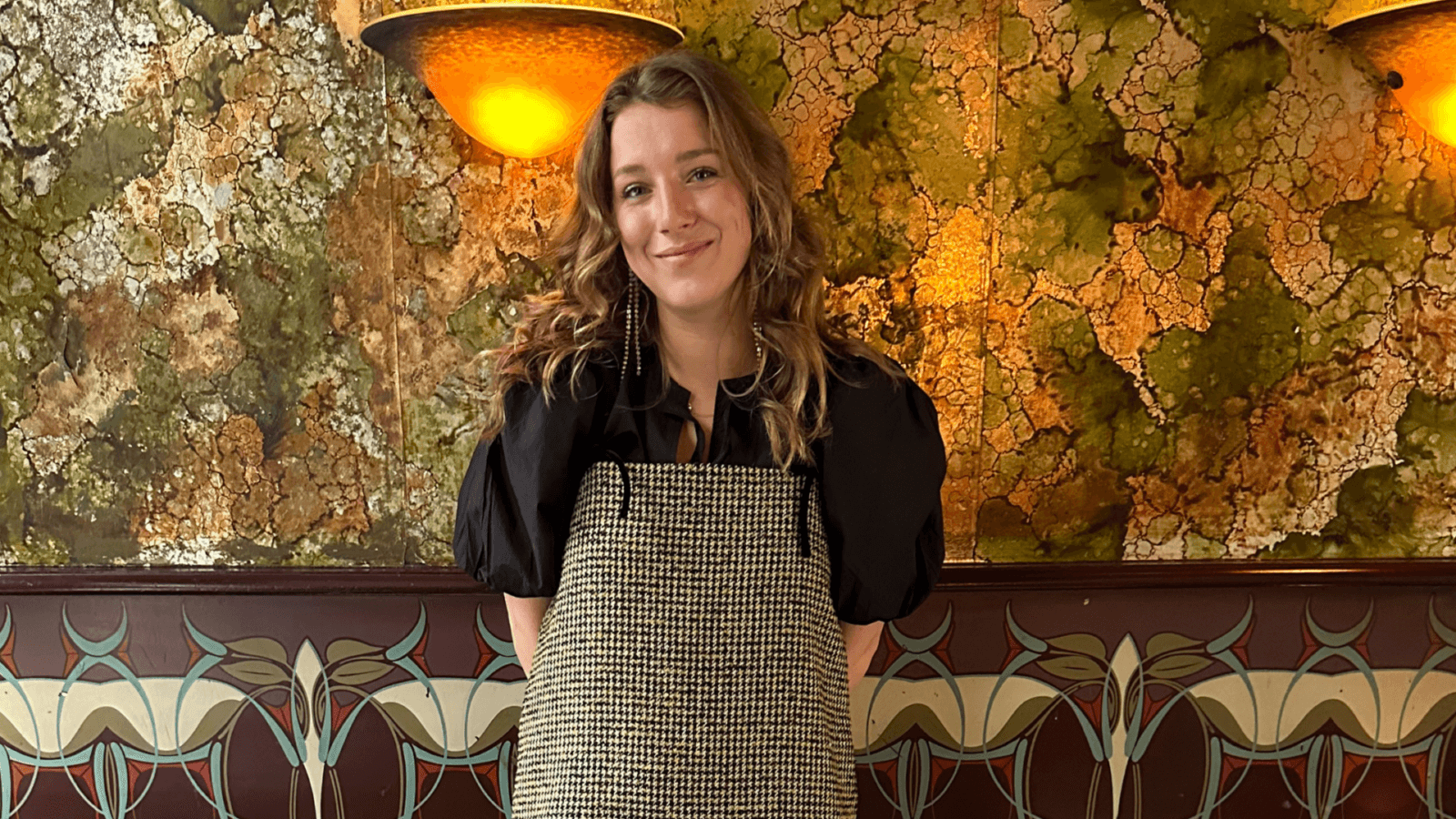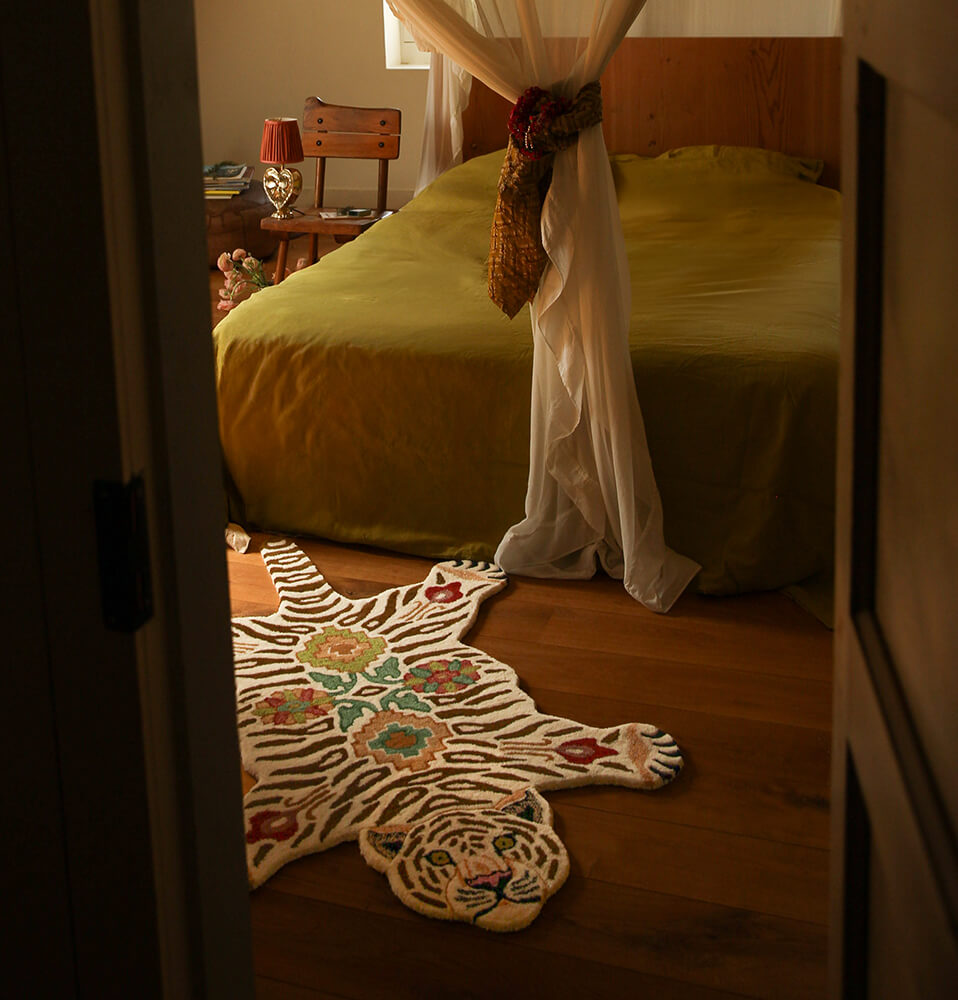Unraveling GoodWeave's impact with our Product Manager Linda in India
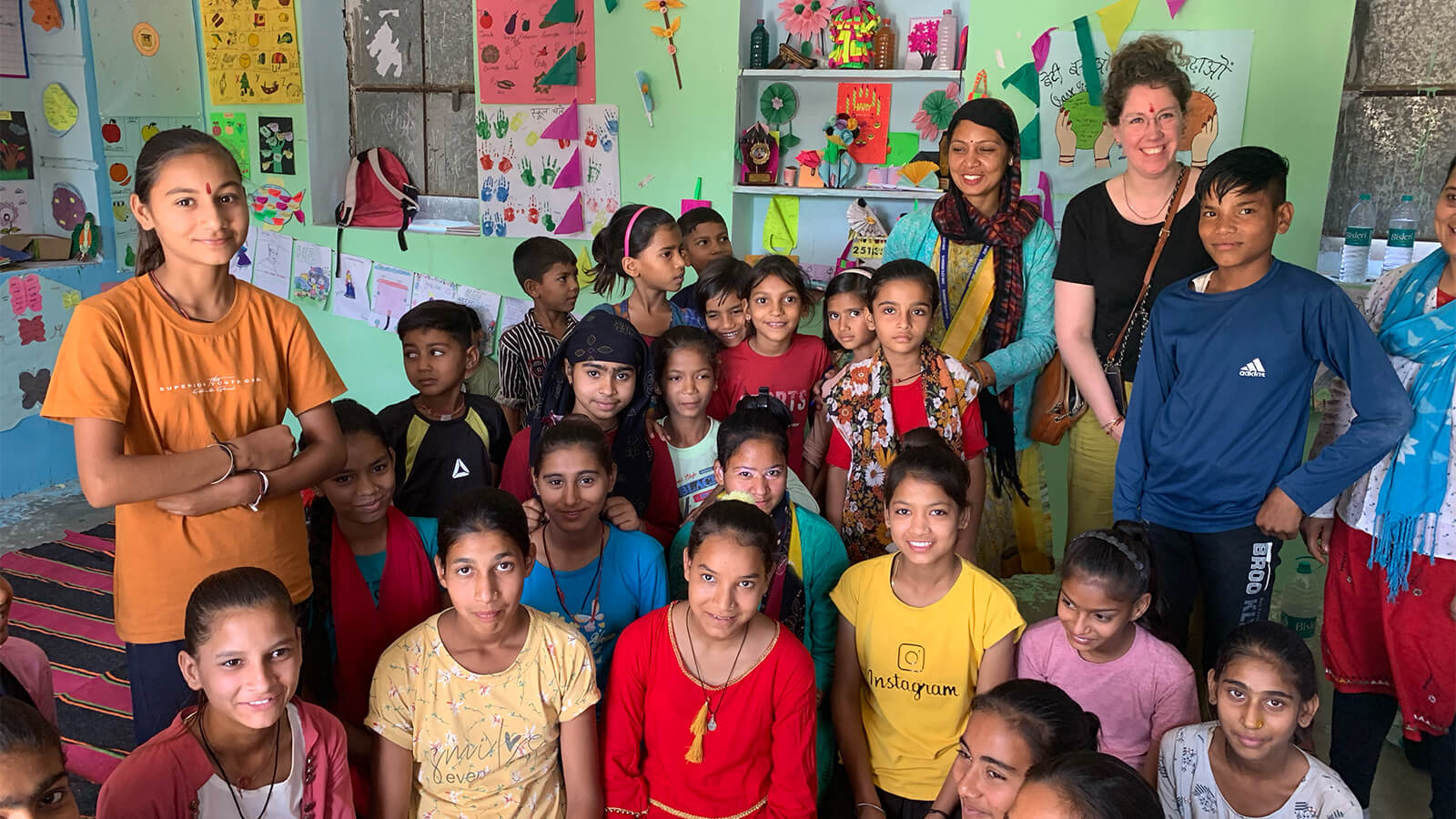
Can you share your initial impressions of the GoodWeave educational initiative you visited in India?
Linda: “Just outside Mirzapur lies a modest educational center, a small school tucked away in a village bustling with carpet-making activity. This place is a haven for children up to sixteen years old who, instead of attending school, are often found within the folds of the carpet industry—either because their parents work in it or they themselves have been part of it before GoodWeave intervened.”
“GoodWeave steps in, conversing with parents to encourage them to choose education for their children, to pave the way for a brighter future. They emphasize the importance of learning to read and write, and of developing social skills by interacting with peers. The school is a lively hub for about 20 to 25 children. With one or two local teachers per school, the children are offered free lessons and lunch, a small but significant step towards changing their world.”
How did Doing Goods fare in its first audit regarding labor practices, and what specific areas did GoodWeave focus on during their inspection?
L: “We sailed through our first audit with immediate approval. At our production sites and suppliers, no child labor was detected. GoodWeave conducted a thorough inspection to see the working conditions and how people are treated. Much of the tufting work, interestingly, is carried out in the homes of local workers. The audit verified that we adhere to all the necessary guidelines.”
What do children get taught in the educational centers?
L: “Girls aged between twelve and sixteen are empowered with lessons on self-advocacy, learning that having an opinion and expressing it is both acceptable and encouraged. They’re also taught conflict resolution skills. Impressively, these students, despite English not being their first language, all showed the courage to communicate with me in English. Furthermore, GoodWeave ensures an inclusive learning environment where boys and girls are educated together.”
How does GoodWeave’s mission align with the values of Doing Goods, and why is GoodWeave certification essential for Doing Goods?
L: “Through our partnership with GoodWeave, we play a part in nurturing the welfare and growth of children in small, often impoverished villages, thereby expanding their future possibilities. A predetermined percentage of the cost for each rug we have manufactured in India is dedicated to this initiative. This financial support is directed towards launching various projects, from facilitating audits to aiding schools within these communities.”
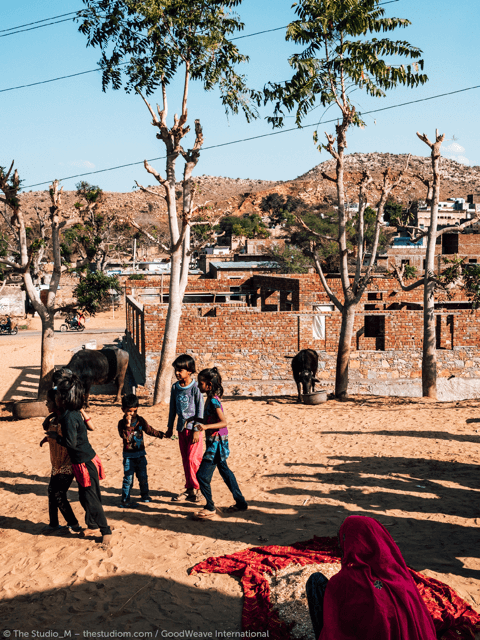
What steps can consumers take to support ethical sourcing and make a positive impact when purchasing products?
L: “Consumers play a pivotal role in driving ethical consumption. By prioritizing products from child labor-free factories and supporting companies committed to fair labor practices, individuals can effect meaningful change. It’s about making informed choices and voting with your wallet for a more equitable world.”
How can companies like Doing Goods inspire and engage customers to make more ethical and socially responsible choices?
L: “In our own workshop, which is CEDEX certified, the focus is on employee welfare, ensuring good working conditions, and fair pay. Under the ethos of ‘Doing Goods’, we mandate that everyone working with our agents or suppliers must be well-treated and not exploited. Every link in the chain is crucial. It’s truly a collaborative effort; we are interdependent, needing each other to succeed. Currently, we are exploring how to further engage with smaller local projects aimed at supporting workers in areas such as literacy, numeracy, and English language skills.”
“It’s extremely important to us that the workers of our suppliers are well cared for, receiving fair wages, working reasonable hours, and enjoying good conditions, including a hot meal in a clean environment.”
